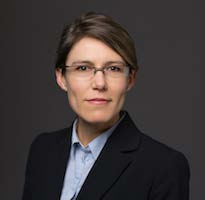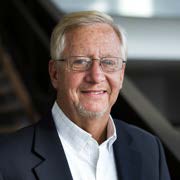 Abstract: The next generation of alternative fuels is being investigated through advanced chemical and biological production techniques for the purpose of finding suitable replacements to diesel and gasoline while lowering production costs and increasing process yields. Chemical conversion of biomass to fuels provides a plethora of pathways with a variety of fuel molecules, both novel and traditional, which may be targeted. In the search for new fuels, an initial, intuition-driven prediction of fuel compounds with desired properties is required. Due to the high cost and significant production time needed to synthesize these materials for testing, a predictive model would allow chemists to screen fuel properties of potentially desirable fuel candidates at the ideation stage. Recent work has shown that predictive models, in this case artificial neural networks (ANN’s) analyzing quantitative structure property relationships (QSPR’s), can predict the cetane number (CN) of a proposed fuel molecule with relatively small error. A fuel’s CN is a measure of its ignition quality, typically defined using prescribed ASTM standards and a cetane testing engine. Alternatively, the analogous derived cetane number (DCN), obtained using an Ignition Quality Tester (IQT), is a direct measurement alternative to the CN that uses an empirical inverse relationship to the ignition delay found in the constant volume combustion chamber apparatus. Model validation and expansion of the experimental database used in this study implemented DCN data acquired using an IQT. The present work improves on an existing model by optimizing the model architecture along with the key learning variables of the ANN and by making the model more generalizable to a wider variety of fuel candidate types. The approach enables researchers to focus on promising molecules by eliminating less favorable candidates in relation to their ignition quality.
Abstract: The next generation of alternative fuels is being investigated through advanced chemical and biological production techniques for the purpose of finding suitable replacements to diesel and gasoline while lowering production costs and increasing process yields. Chemical conversion of biomass to fuels provides a plethora of pathways with a variety of fuel molecules, both novel and traditional, which may be targeted. In the search for new fuels, an initial, intuition-driven prediction of fuel compounds with desired properties is required. Due to the high cost and significant production time needed to synthesize these materials for testing, a predictive model would allow chemists to screen fuel properties of potentially desirable fuel candidates at the ideation stage. Recent work has shown that predictive models, in this case artificial neural networks (ANN’s) analyzing quantitative structure property relationships (QSPR’s), can predict the cetane number (CN) of a proposed fuel molecule with relatively small error. A fuel’s CN is a measure of its ignition quality, typically defined using prescribed ASTM standards and a cetane testing engine. Alternatively, the analogous derived cetane number (DCN), obtained using an Ignition Quality Tester (IQT), is a direct measurement alternative to the CN that uses an empirical inverse relationship to the ignition delay found in the constant volume combustion chamber apparatus. Model validation and expansion of the experimental database used in this study implemented DCN data acquired using an IQT. The present work improves on an existing model by optimizing the model architecture along with the key learning variables of the ANN and by making the model more generalizable to a wider variety of fuel candidate types. The approach enables researchers to focus on promising molecules by eliminating less favorable candidates in relation to their ignition quality.
Biographical Sketch: Hunter Mack is an Assistant Professor in the Department of Mechanical Engineering at the University of Massachusetts Lowell. His research focuses on combustion, biofuels, and energy efficiency. Prior to joining UML, he was a Project Scientist & Lecturer at the University of California at Berkeley, a Senior Engineer at solar concentrator start-up Banyan Energy, and a Postdoctoral Researcher in the Combustion Analysis Laboratory at UC Berkeley. He received his M.S. (2005) and Ph.D. (2007) from UC Berkeley with an emphasis on multi-component fuels in Homogeneous Charge Compression Ignition (HCCI) engines. He also holds a B.S. in Mechanical Engineering from Washington University in St. Louis and a B.A. in Physics from Hendrix College (Conway, Arkansas).
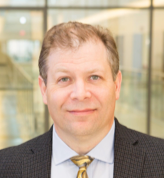 The talk will focus on two themes. The first will be an overview of our current ARPA-E project to condense water from flue gas for dry-cooled power plants power plants. Water use by power plants is an increasing concern across the U.S., and is particularly problematic in arid regions, such as the southwest. In this project, an advanced two-phase thermosyphon concept is employed that removes several of the traditional limitations of conventional thermosyphons. The condensed water can be used to pre-cool the condenser air to reduce the effective ambient temperature, for turbine inlet air evaporative cooling, or for other uses in the plant, as needed. The second portion of the talk will provide a short overview of other energy-related research activities in the Mechanical Engineering department at Stony Brook University with the goal to explore future opportunities for collaboration and joint projects between both institutions.
The talk will focus on two themes. The first will be an overview of our current ARPA-E project to condense water from flue gas for dry-cooled power plants power plants. Water use by power plants is an increasing concern across the U.S., and is particularly problematic in arid regions, such as the southwest. In this project, an advanced two-phase thermosyphon concept is employed that removes several of the traditional limitations of conventional thermosyphons. The condensed water can be used to pre-cool the condenser air to reduce the effective ambient temperature, for turbine inlet air evaporative cooling, or for other uses in the plant, as needed. The second portion of the talk will provide a short overview of other energy-related research activities in the Mechanical Engineering department at Stony Brook University with the goal to explore future opportunities for collaboration and joint projects between both institutions.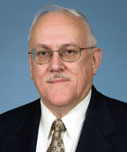 The U.S. Army Research Laboratory (ARL) was activated 25 years ago with a mission to discover, innovate and transition science and technology to ensure dominant strategic land power. One of key research strategies at ARL is a development of superior protection systems for individual warfigter and vehicles. The protective systems often use polymers due to their low weight, good strength and toughness which improves resistance to ballistic penetration.
The U.S. Army Research Laboratory (ARL) was activated 25 years ago with a mission to discover, innovate and transition science and technology to ensure dominant strategic land power. One of key research strategies at ARL is a development of superior protection systems for individual warfigter and vehicles. The protective systems often use polymers due to their low weight, good strength and toughness which improves resistance to ballistic penetration. Abstract: This presentation is focused on Isogeometric Analysis (IGA) with applications to solids and structures, starting with early developments and results, and transitioning to more recent work. Novel IGA-based thin-shell formulations are discussed, and applications to progressive damage modeling in composite laminates due to low-velocity impact and their residual-strength prediction are shown. Fluid–structure interaction (FSI) employing IGA is also discussed, and a novel framework for air-blast-structure interaction (ABSI) based on an immersed approach coupling IGA and RKPM-based Meshfree methods is presented and verified on a set of challenging examples. The presentation is infused with examples that highlight effective uses of IGA in advanced engineering applications.
Abstract: This presentation is focused on Isogeometric Analysis (IGA) with applications to solids and structures, starting with early developments and results, and transitioning to more recent work. Novel IGA-based thin-shell formulations are discussed, and applications to progressive damage modeling in composite laminates due to low-velocity impact and their residual-strength prediction are shown. Fluid–structure interaction (FSI) employing IGA is also discussed, and a novel framework for air-blast-structure interaction (ABSI) based on an immersed approach coupling IGA and RKPM-based Meshfree methods is presented and verified on a set of challenging examples. The presentation is infused with examples that highlight effective uses of IGA in advanced engineering applications.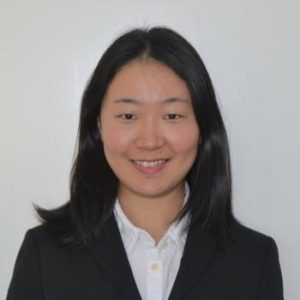
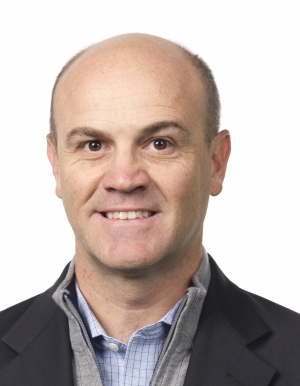 Beyond the mere notion of a material, metastructures draw their unique characteristics from their finite size and the existence of interfaces. The resulting structural assemblies feature unprecedented performance in terms of stress wave mitigation, wave guiding, acoustic absorption, and vibration isolation.
Beyond the mere notion of a material, metastructures draw their unique characteristics from their finite size and the existence of interfaces. The resulting structural assemblies feature unprecedented performance in terms of stress wave mitigation, wave guiding, acoustic absorption, and vibration isolation.
